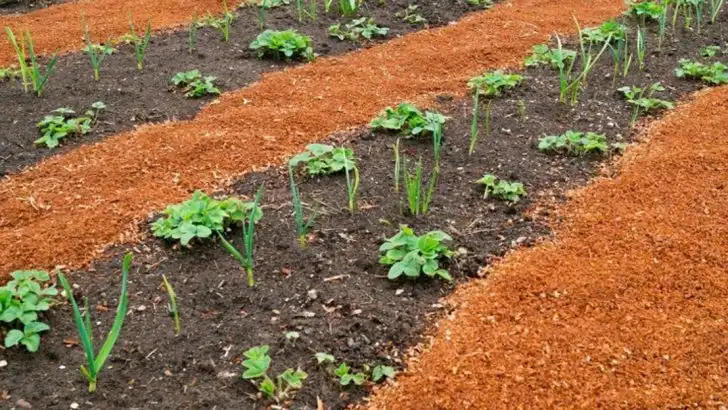Mulching is one of the simplest ways to boost soil health, retain moisture, and suppress weeds — but traditional bark or store-bought options aren’t your only choices. In fact, there are plenty of natural, sustainable mulch alternatives that work just as well, if not better.
In this article, we explore 12 eco-friendly mulch substitutes you may already have in your yard or kitchen. From shredded leaves and grass clippings to straw, pine needles, and more, these materials help your garden thrive while reducing waste and conserving water.
Discover how to mulch smarter — naturally.
Pine Needles
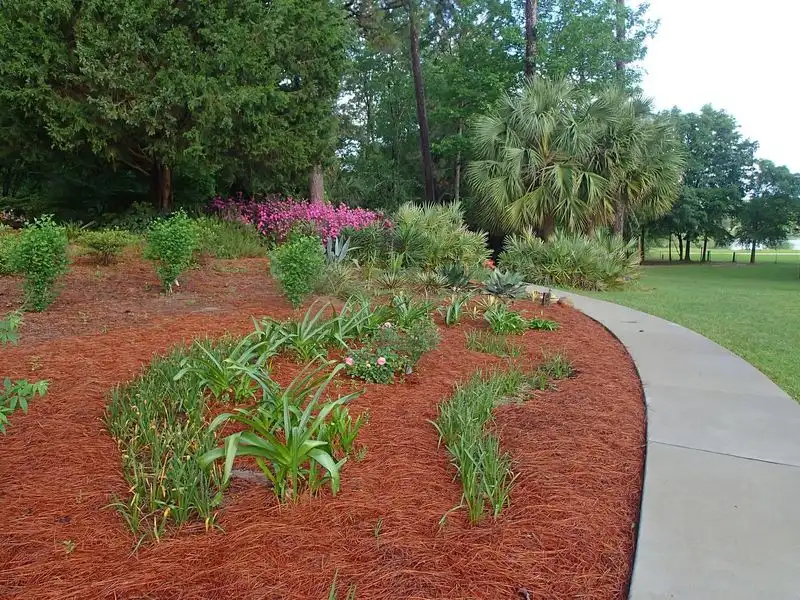
Imagine walking through a pine forest, the soft needles cushioning each step, hinting at the benefits they offer as mulch. Pine needles, or pine straw, are a gardener’s secret weapon to acidify soil naturally, making them invaluable for acid-loving plants like blueberries and azaleas. Their airy structure facilitates excellent water drainage while reducing erosion on slopes. Easy to spread and aesthetically pleasing, pine needles break down slowly, meaning less frequent replenishment. Consider them a gentle, natural carpet for your garden beds, softly cradling roots beneath their cover. Their soft, rustling whispers add tranquility to any garden landscape.
Grass Clippings
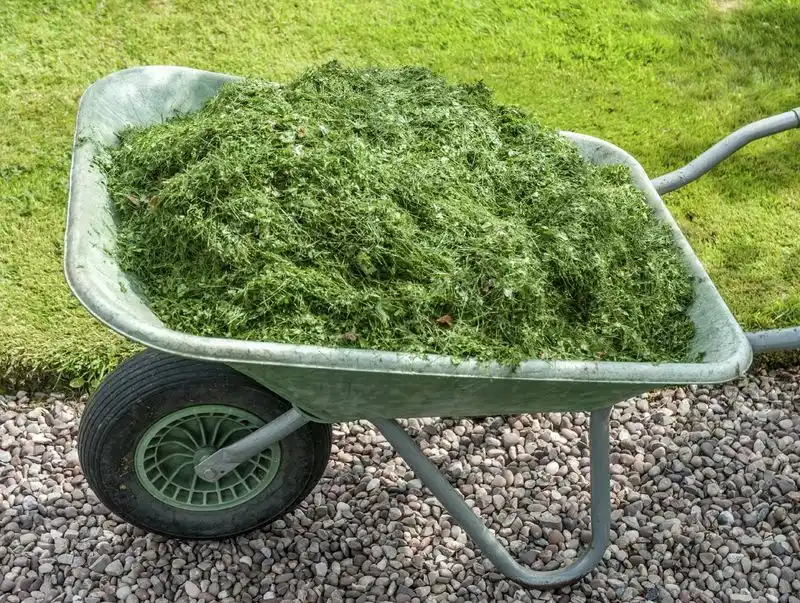
Freshly mowed lawns produce an abundance of grass clippings, often seen as waste, yet they hold potential as a fabulous mulch. These clippings help retain moisture, suppress weeds, and add nitrogen back into the soil as they decompose. Spread them thinly to prevent matting and allow airflow. Grass clippings are particularly beneficial for vegetable gardens, providing essential nutrients for robust growth. With a pleasant green hue, they blend seamlessly into any garden aesthetic. A practical, eco-friendly choice, they turn yard waste into a valuable gardening resource, breathing life back into the soil.
Shredded Leaves
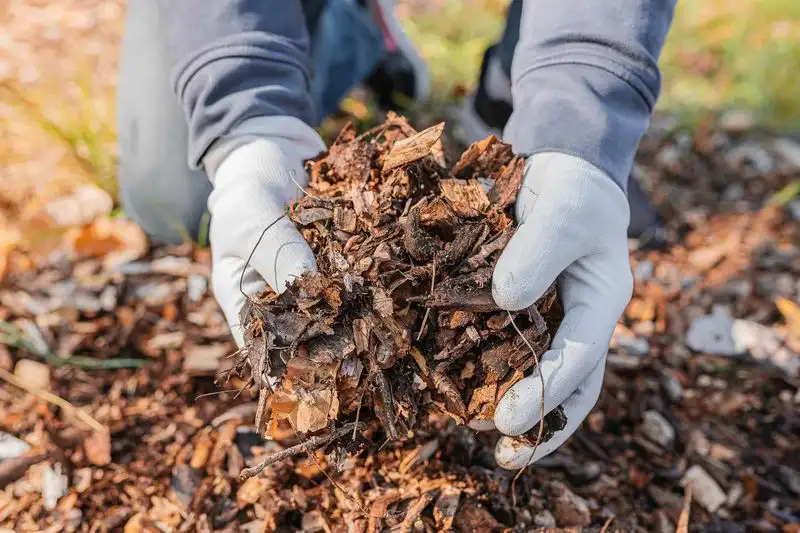
Autumn brings a cascade of colorful leaves, each one a potential boon for your garden. When shredded, these leaves decompose faster, offering a feast of nutrients for soil microorganisms. This process enriches soil texture and enhances its water retention capabilities. Spread shredded leaves around trees and shrubs, where they act as an insulating layer against harsh temperatures. Their earthy aroma and vibrant colors create a picturesque scene, reminiscent of a forest floor. Shredding leaves not only tidies your garden but also prepares it for seasonal changes, turning a yearly chore into a gardening boon.
Wood Chips
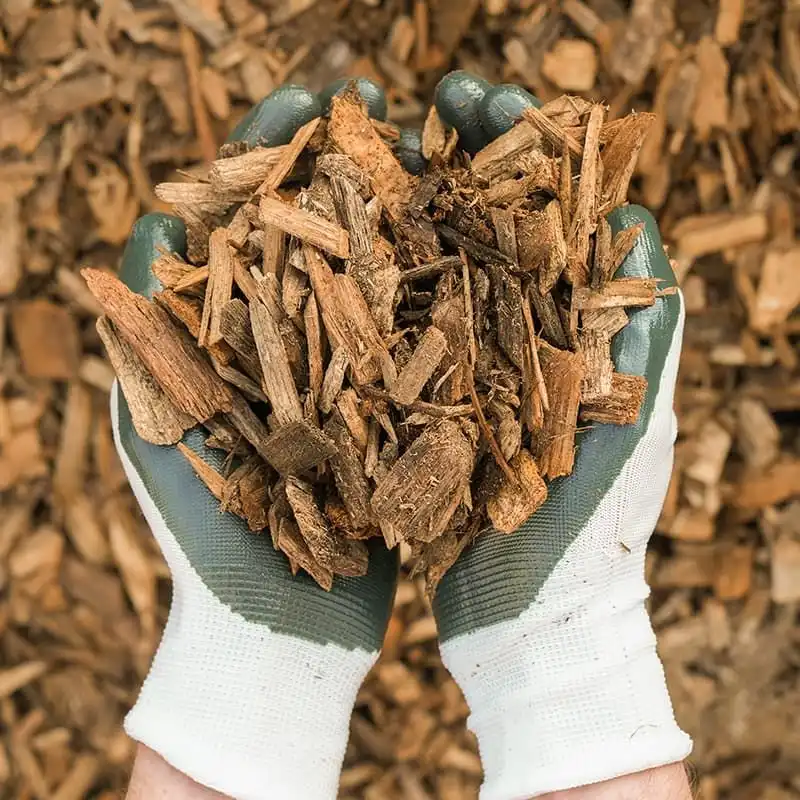
Have you ever walked along a woodland path, feeling the crunch of wood chips underfoot? These chips aren’t just for trails; they’re a gardener’s ally in moisture retention and weed suppression. Comprising a mix of tree bark and wood, they break down slowly, adding organic matter to the soil. Use them around trees and perennials for a tidy, natural appearance. The varied textures and earthy tones complement any landscape design. As they decompose, they provide a slow release of nutrients, fostering a healthier garden ecosystem over time. Wood chips, a simple choice with lasting impact.
Straw
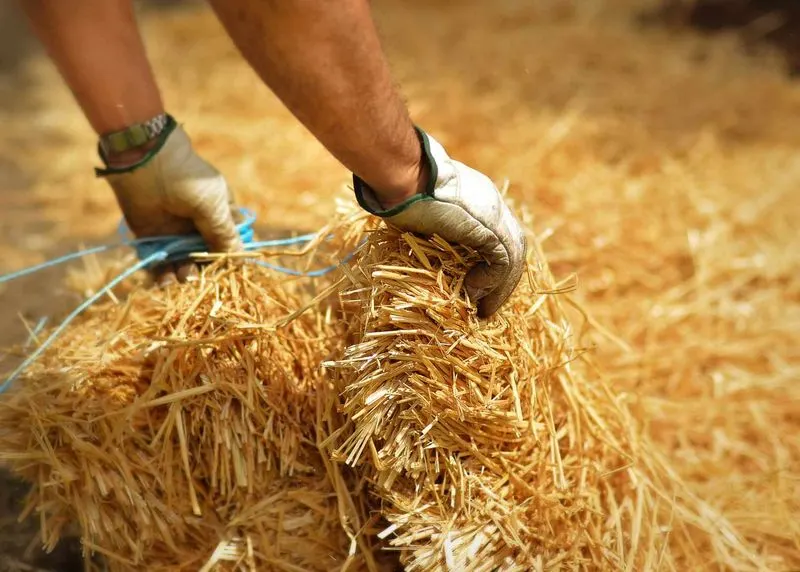
Golden strands of straw weave through garden beds, a sight common in vegetable patches where moisture conservation is key. Straw is fantastic for reducing water evaporation and keeping soil temperatures steady. It’s especially useful in preventing mud splatter on fruits and vegetables during rain. Though lightweight, it stays in place well, providing a clean, bright appearance. As it breaks down, straw enriches soil with organic matter. It’s an affordable and accessible option for both small and large-scale gardens, turning ordinary plots into thriving, water-efficient sanctuaries.
Compost
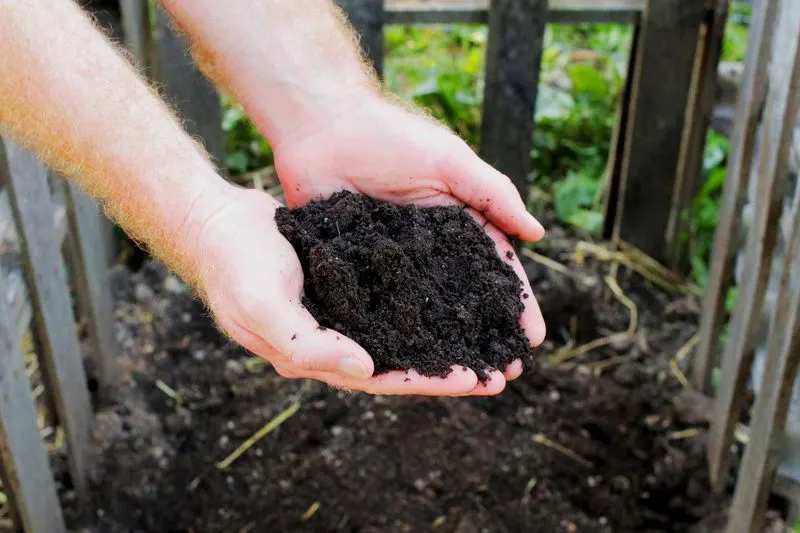
A steaming compost pile in the morning light is more than just organic waste; it’s a powerhouse of nutrients ready to nourish your plants. Compost acts as a perfect mulch, feeding the soil while improving its structure. Spread a layer around your plants to help retain moisture and suppress weeds naturally. Rich in microorganisms, compost fosters a vibrant soil ecosystem. As it breaks down, it releases nutrients slowly, ensuring sustained plant growth. Beyond its practicality, the transformation of kitchen scraps into garden gold reduces waste and closes the loop in sustainable gardening.
Cocoa Hulls

Cocoa hulls bring a touch of luxury to any garden with their rich aroma and chocolate-like hue. Sourced from cocoa beans, they not only enhance the visual appeal but also retain moisture and suppress weeds effectively. As these hulls decompose, they release nitrogen, improving soil fertility. Ideal for flower beds, they create a striking contrast against vibrant blooms. Lightweight and easy to spread, cocoa hulls offer a unique mulching option that delights the senses. Perfect for gardeners who appreciate aesthetics and functionality, they transform ordinary plots into indulgent, fragrant spaces.
Bark Nuggets
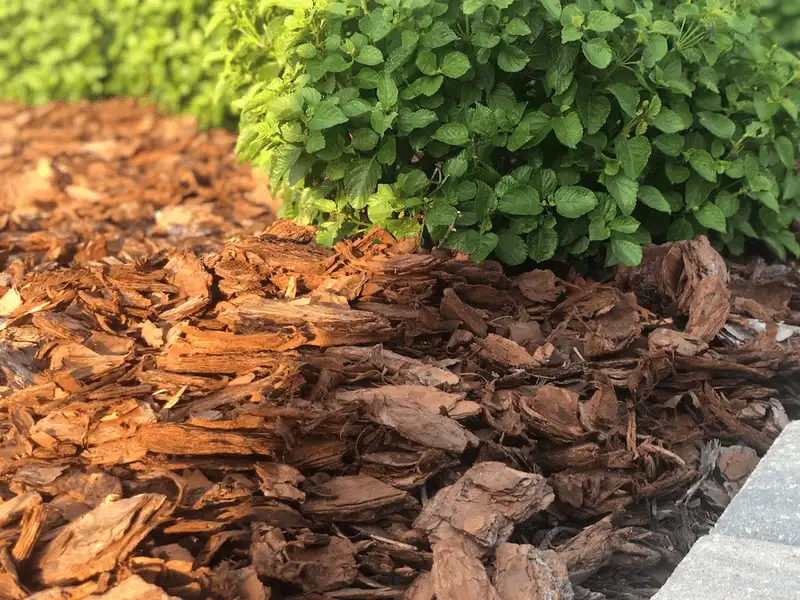
Bark nuggets, with their rugged charm, are a distinctive choice for mulching larger areas. Their size makes them ideal for pathways or around established trees and shrubs, where they lend a rustic, natural look. While they decompose more slowly, they provide long-lasting coverage and reduce weed growth effectively. The texture and color of bark nuggets complement both traditional and modern garden designs, seamlessly integrating into any landscape. As they weather, they enrich the soil beneath, ensuring your garden remains healthy and vibrant for years to come.
Sawdust
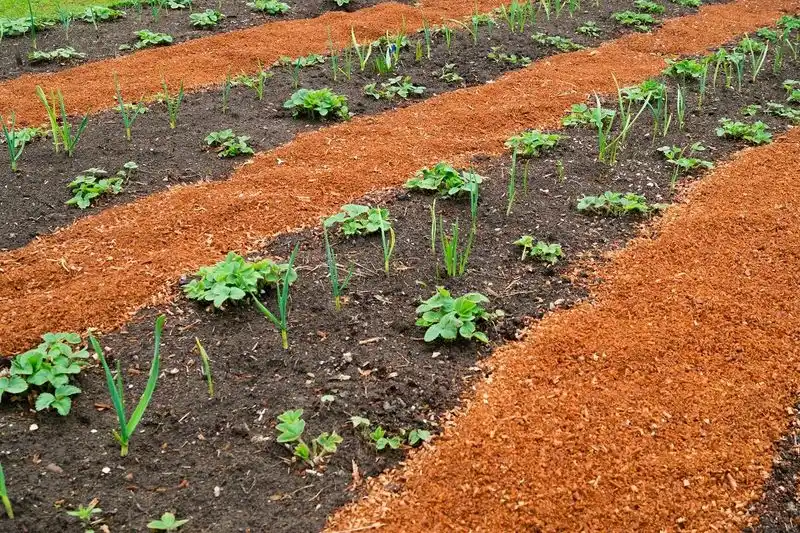
Sawdust, often a byproduct from woodworking, finds new life as an effective mulch. Its fine texture makes it suitable for use in paths or around acid-loving plants. Sawdust helps retain moisture while preventing weed growth, though it requires careful management to avoid nitrogen depletion in the soil. Mixing it with a nitrogen supplement or well-aged manure ensures balanced nutrition for plants. Its light color reflects sunlight, helping to regulate soil temperature. An economical and practical choice, sawdust turns waste into a valuable gardening ally, contributing to a sustainable landscape.
Cardboard
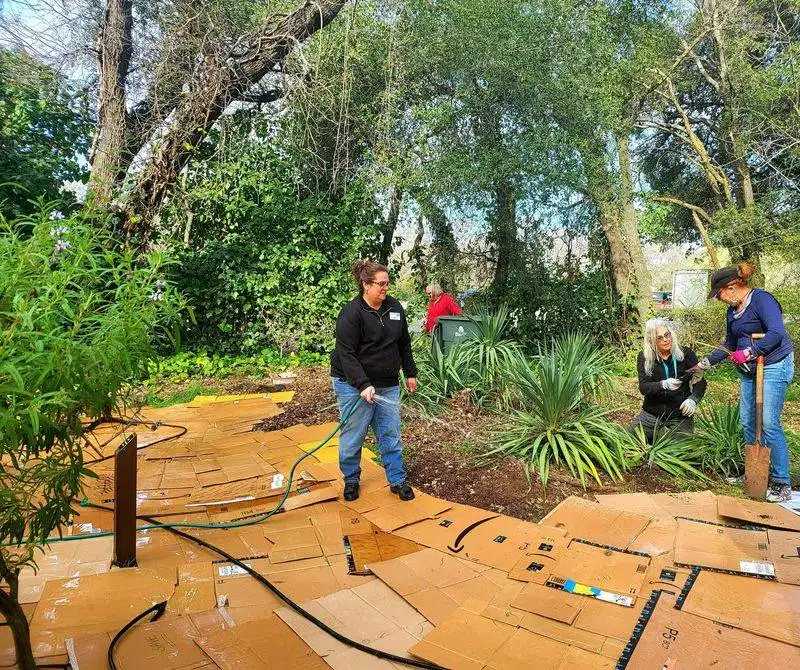
Cardboard sheets, often overlooked, serve as a surprising yet effective mulch alternative. They suppress weeds by blocking sunlight and decompose to improve soil health. Lay them flat around plants, cutting out spaces for seedlings to access sunlight. This method is particularly beneficial for new garden beds or areas needing soil improvement. Cardboard breaks down slowly, adding carbon to the soil as it does. Reusing this everyday material not only reduces waste but also transforms gardens, making them more productive and eco-friendly. It’s an innovative approach to sustainable gardening.
Newspaper

Newspaper sheets serve as an eco-conscious mulch option, transforming discarded pages into garden allies. When layered beneath other mulches, they prevent weed growth by blocking light. As they decompose, newspapers contribute organic matter, enriching the soil. Ensure the ink is soy-based to avoid chemical contamination. Particularly useful in vegetable gardens, newspapers offer a renewable resource for moisture retention and weed suppression. This repurposing of daily newsprint not only benefits the garden but also supports sustainable waste management practices, showcasing creativity in garden care.
Peat Moss
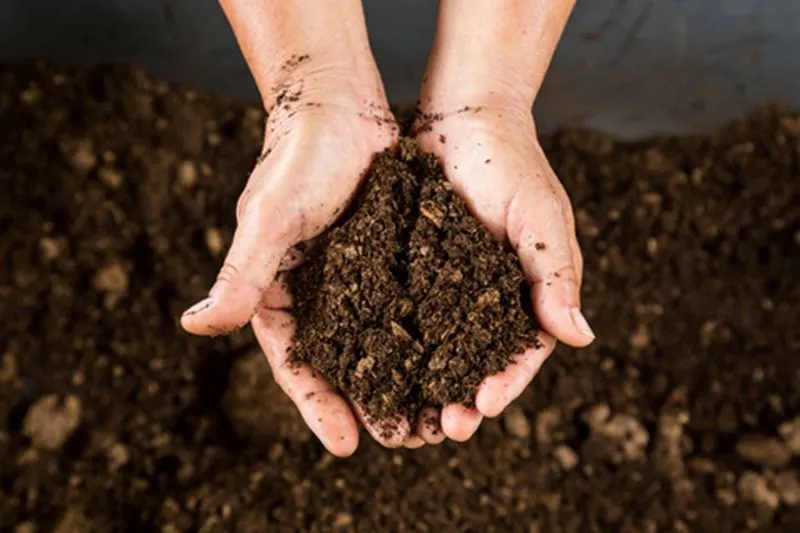
Peat moss, with its sponge-like qualities, excels in moisture retention, making it a favorite for gardeners in dry climates. It enhances soil structure, promoting aeration and root growth. Ideal for acid-loving plants, peat moss gradually lowers soil pH, accommodating a range of garden favorites like rhododendrons and camellias. While its extraction raises environmental concerns, using sustainably sourced options minimizes impact. Peat moss, when used wisely, transforms garden beds into thriving ecosystems, balancing beauty with utility. Its fine texture and earthy tones harmonize effortlessly with natural landscapes.

